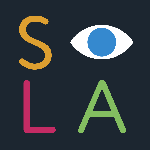Jorge Mascarenhas Interview with Ed Kinsella
~~~~~~~~~~~~~~~~~~~~~~~~~~~~~~~~~~~~~~~~~~~~~~~~~~~~
What is illustration?
Illustration is visual communication.

How did you get started in your professional career?
I got started the old fashioned way – I flew to New York City and set up interviews with Art Directors. It was a very traditional path, but wasn’t all that common anymore when I did it. The Art Directors I saw on that first trip were very enthusiastic to meet me and look at my portfolio. My work definitely wasn’t completely ready, but through those face-to-face meetings I landed my first jobs.
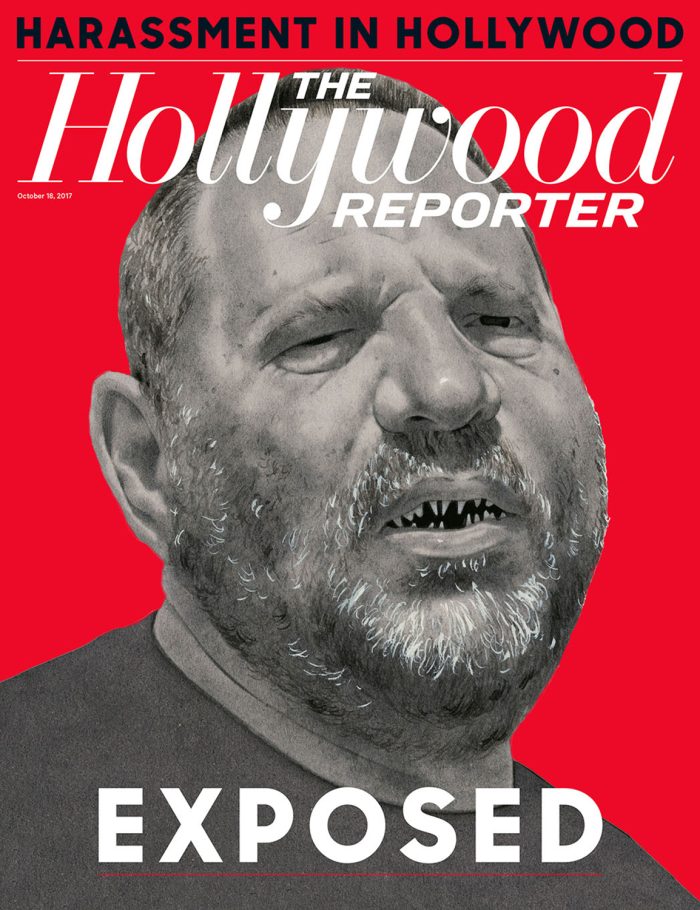
Which illustrators inspired you to pursue this career?
Initially it was the children’s book illustrator Tomie dePaola. I decided at 6 or 7 years old that I wanted to be an illustrator because of him. In high school I was inspired by the artists that worked for D.C. Vertigo (Duncan Fegredo, Sean Phillips, Yoshitaka Amano). When I went to college it shifted to the teachers at The Illustration Academy (Sterling Hundley, George Pratt, Gary Kelley, John English, Mark English, Brent Watkinson, Anita Kunz, and C.F. Payne).
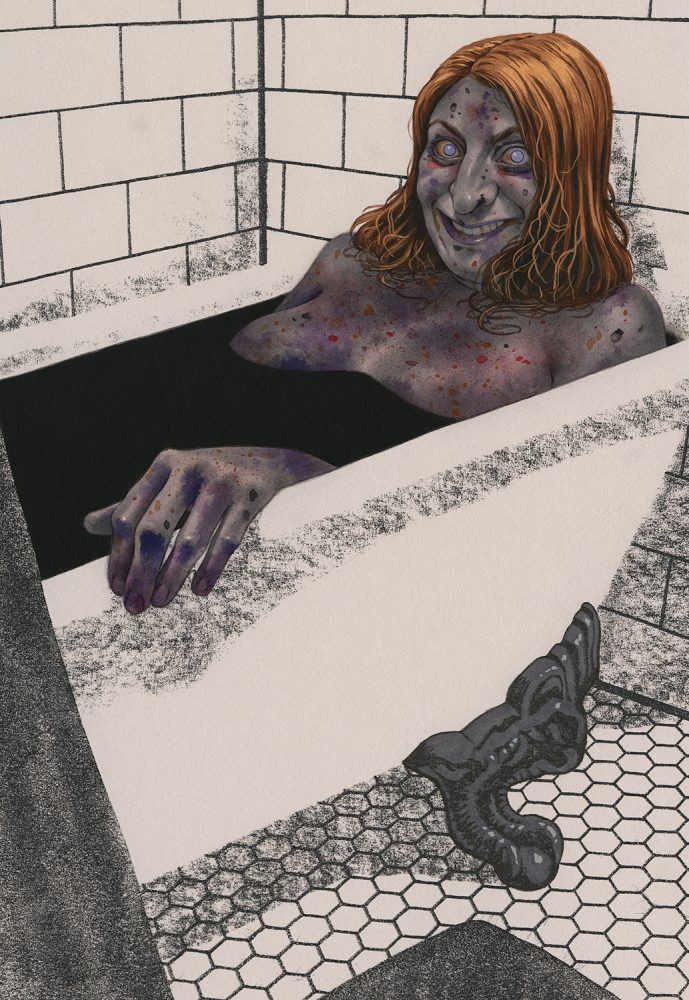
What keeps you inspired?
Books on paranormal subjects, turn of the century
graphic art, masks of all kinds.
Do you think art fundamentals are still relevant in the new age of AI?
I think the fundamentals of art are definitely still
relevant and more important than ever.

Do you think AI will obliterate illustration?
No, I don’t think AI will obliterate illustration. I would hope that the usage
of those tools for final art in serious markets will be rejected and real art
(both digital and traditional) by real people will be celebrated and protected.

What advice do you wish you had gotten as a young illustrator?
I had amazing teachers and mentors who were all very open and honest,
so I entered my career with the right tools and knowledge.
What is more important concept or technique?
The technique serves the concept. A good idea is paramount,
but if you can’t sell your idea with good visuals, it falls flat. It’s a balance.
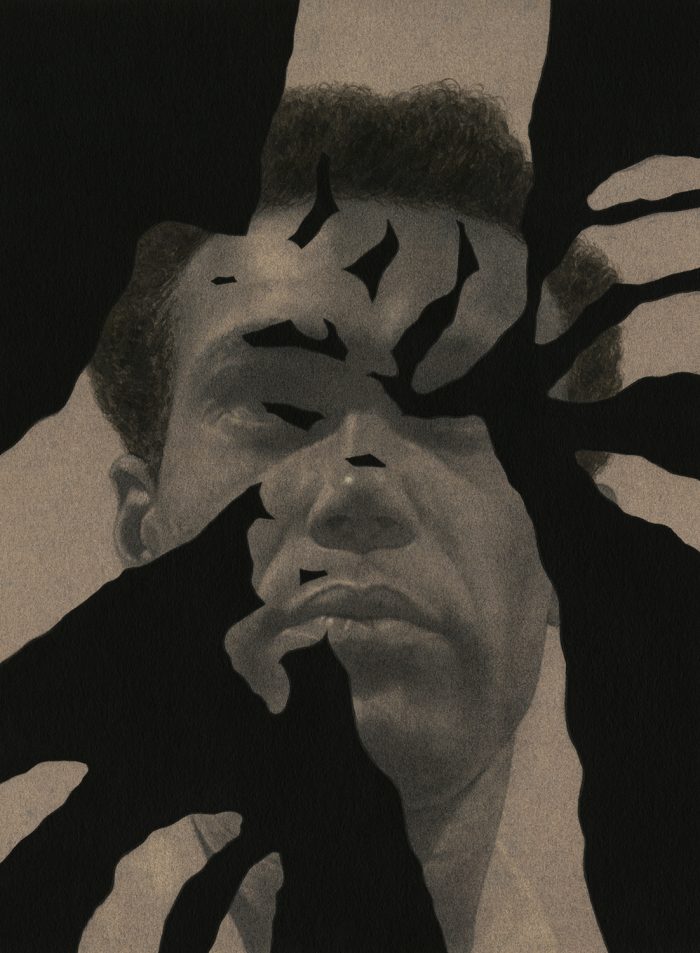
Which project or event changed the course of your career?
The biggest course-changing event in my career was a month-long trip to
Paris in 2008. It just shook everything up for me. I reassessed my whole
practice and began the journey to find what I really wanted.
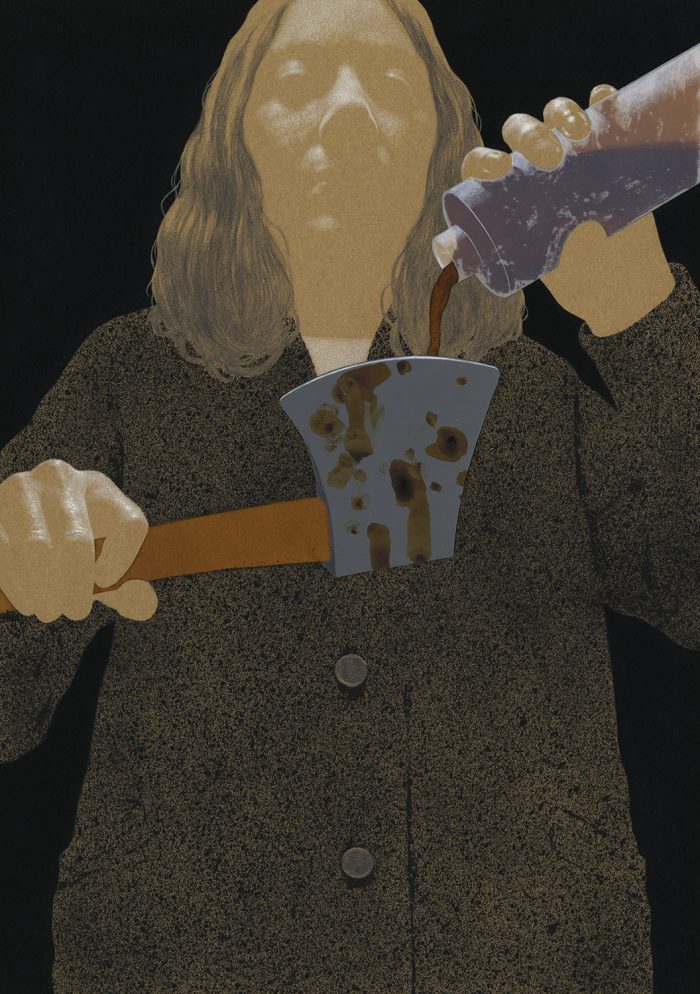
What do you do when encountering a creative block?
I can’t remember who said it, but I subscribe to the idea that you can’t
wait for inspiration – you just have to go to work each day and
the inspiration will happen naturally. If I feel particularly low,
a good coffee shop/outside drawing session usually does the trick.
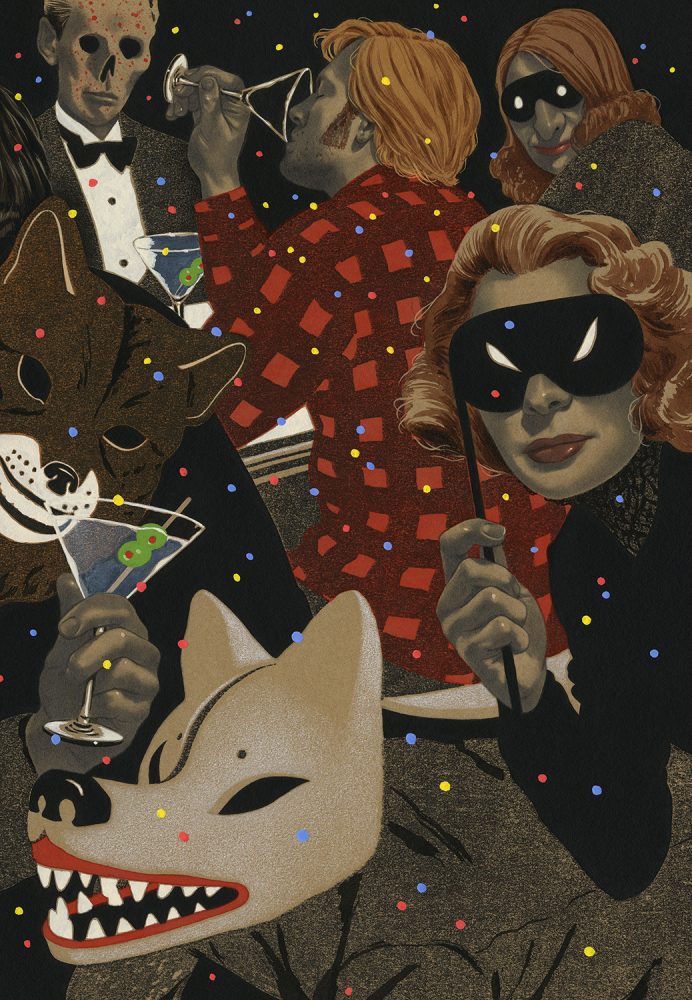
If you could go back and do something differently
in your career, what would that be?
I don’t like to dwell on the past too much, but
contributing more to savings would have been smart.
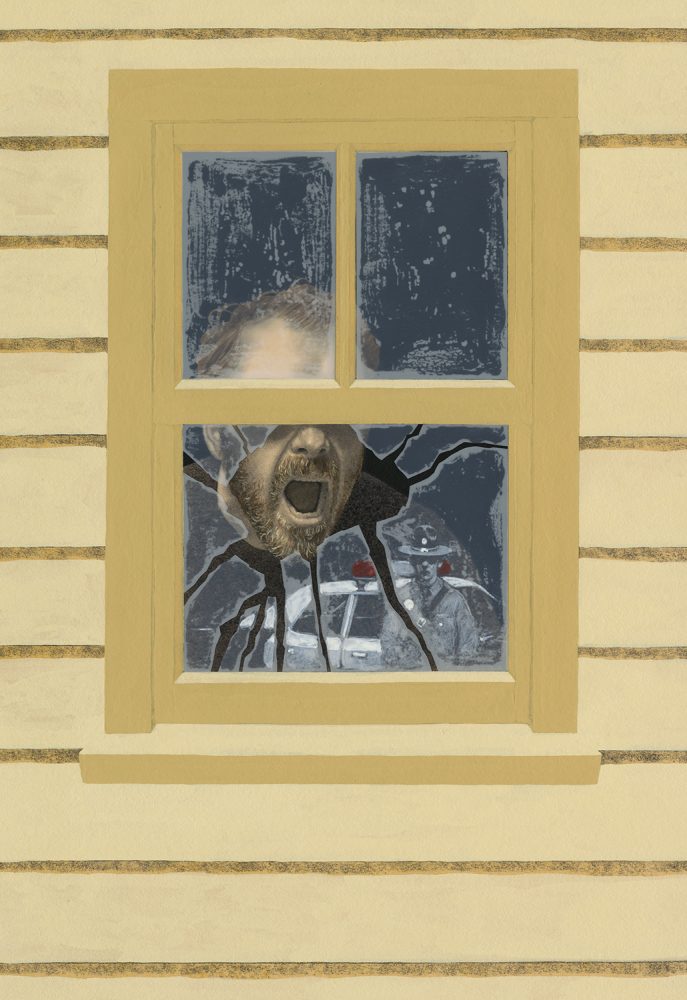
What advice do you give to future illustrators?
I think traditional materials will be more and more valued
as we confront the reality of AI. Having multiple revenue streams
is the norm now for most illustrators and personally
I love bouncing around to different things. Doing one thing for
too long feels stagnant and boring to me.
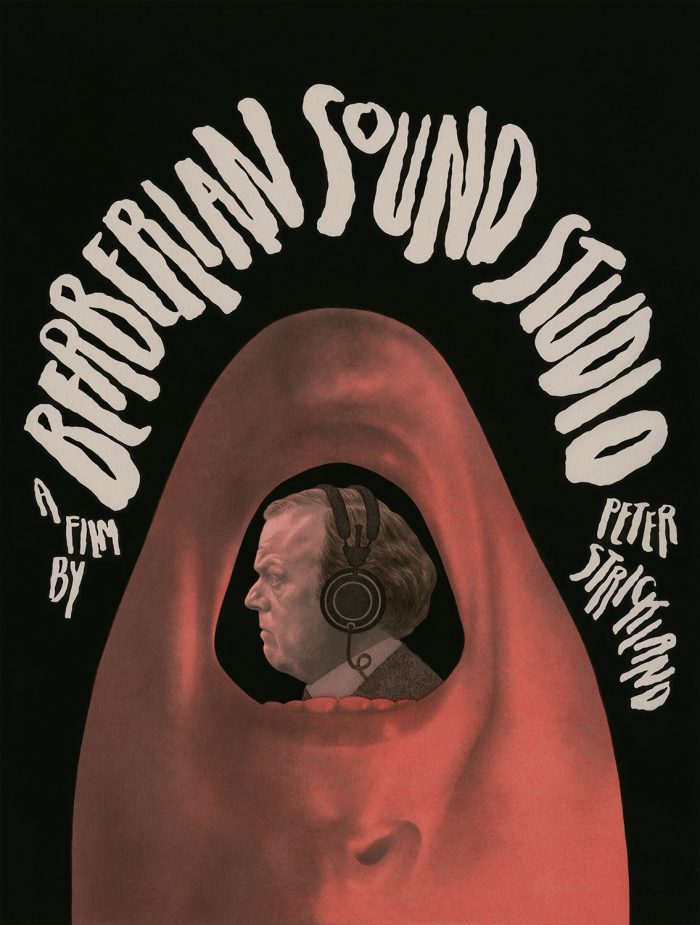
~~~~~~~~~~~~~~~~~~~~~~~~~~~~~~~~~~~~~~~~~~~~~~~~~~~~
www.edwardkinsellaillustration.com
https://www.instagram.com/edwardkinsella/?hl=en
~~~~~~~~~~~~~~~~~~~~~~~~~~~~~~~~~~~~~~~~~~~~~~~~~~~~
© no artwork displayed can be used without permission of the artist, Ed Kinsella.

